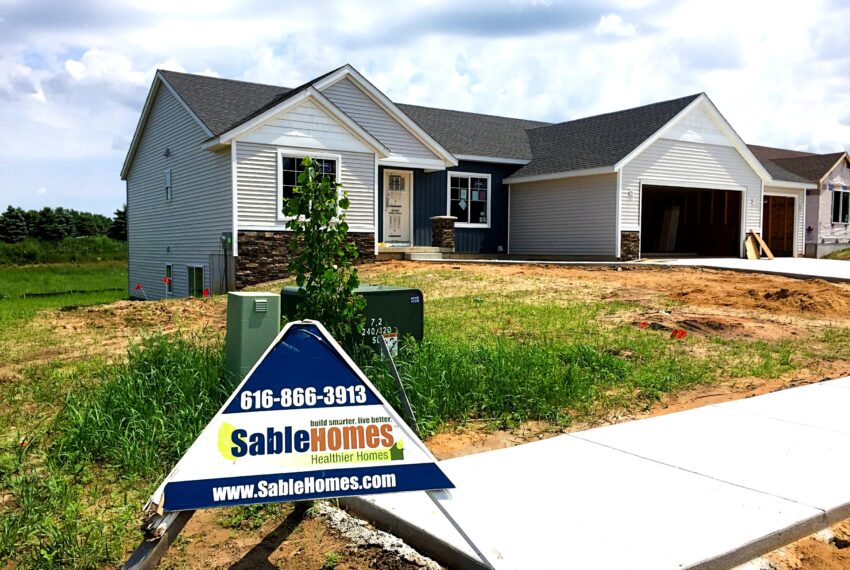
Lower Energy Costs Act would remove burdensome energy code regulations which contribute to housing setbacks
With the recent introduction of the Lower Energy Costs Act (H.R. 1) in the Senate, Sable Homes President John Bitely says the legislation would remove the energy code regulations that are often burdensome in the residential construction industry and are a contributing factor to the increase cost of homes.
In part, the Lower Energy Costs Act would give homeowners more freedom to power their homes with their choice of energy options. It also repeals a provision in the Inflation Reduction Act that addresses energy efficiency in older homes.
“We need practical energy options for homeowners so they are not priced out of homes,” Bitely said. “Municipalities all over Michigan are enforcing strict energy code regulations, which drive up the cost of homes and cause setbacks in the housing market. Having an advanced energy code system that is cost effective for homeowners is much needed and long overdue.”
The National Association of Home Builders recently sent a letter to House Speaker Kevin McCarthy in support of the Lower Energy Costs Act (H.R. 1), which would repeal a section of the Inflation Reduction Act that provides $1 billion to pressure state and local governments to adopt advanced energy codes.
“While NAHB supports the adoption of cost-effective, modern energy codes, we oppose these grant programs that prevent amendments to the energy code that accommodate local conditions and a cost-effectiveness analysis,” the NAHB letter stated. “NAHB supports H.R. 1 as it provides much needed common-sense energy solutions for our country while protecting consumer choice and preserving housing affordability.”
Forcing the adoption of costly energy codes to qualify for grants would exacerbate the current housing affordability crisis and limit energy choices for consumers, according to home builder experts. Adoption of the 2021 International Energy Conservation Code can cost a home buyer as much as $22,000 in additional costs and can take as long as 90 years to see a simple payback for these investments.
“Implementation of these grants would result in fewer families being able to achieve the American dream of homeownership,” the NAHB letter stated.
NAHB noted that efforts to push costly and restrictive energy codes across the country without an opportunity for local review overburden new construction and largely ignore the energy performance of the existing housing stock. New homes built to modern codes are already energy efficient which makes increasing code stringency often unnecessary.
